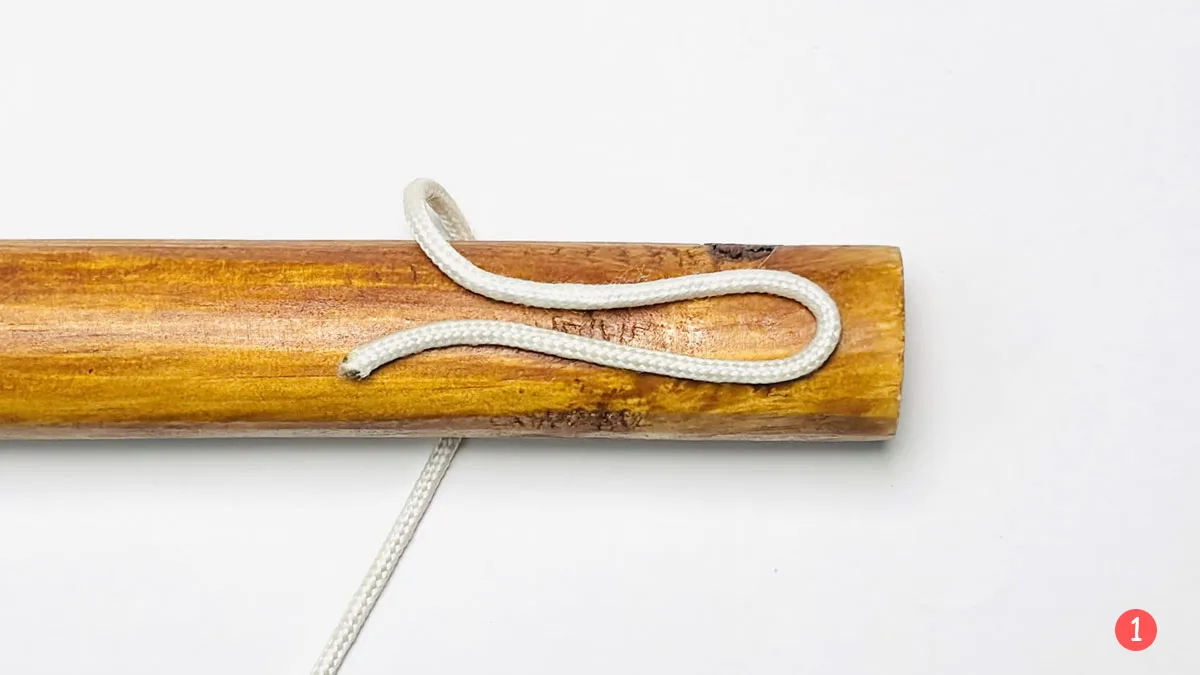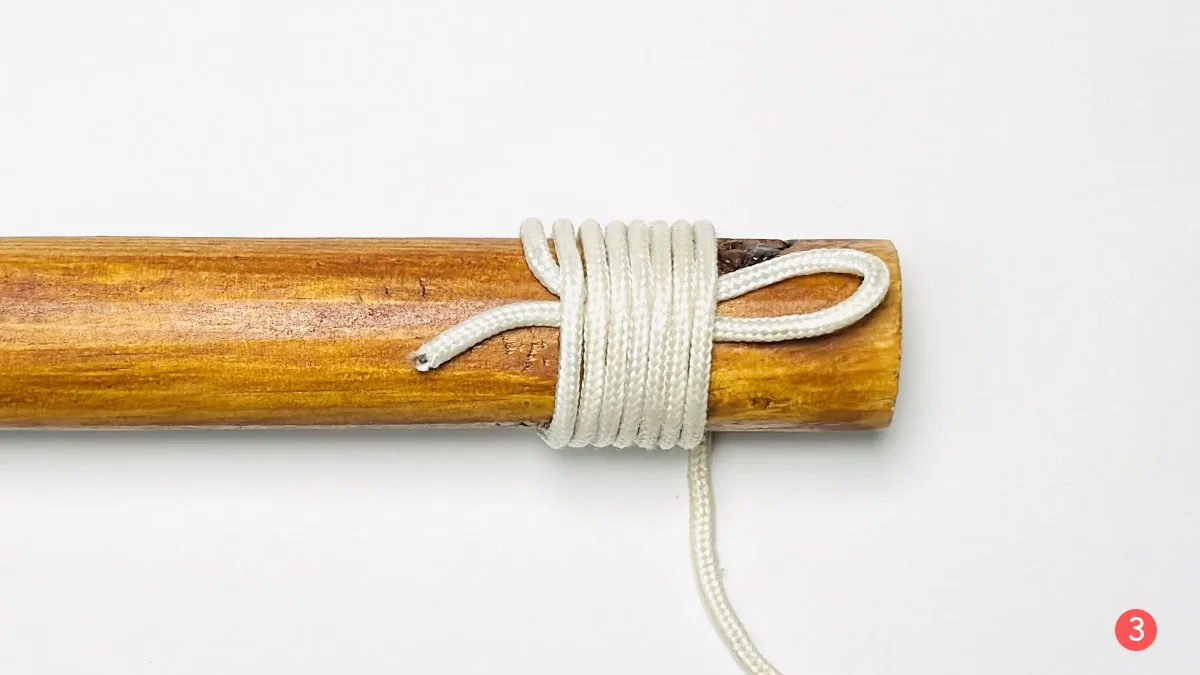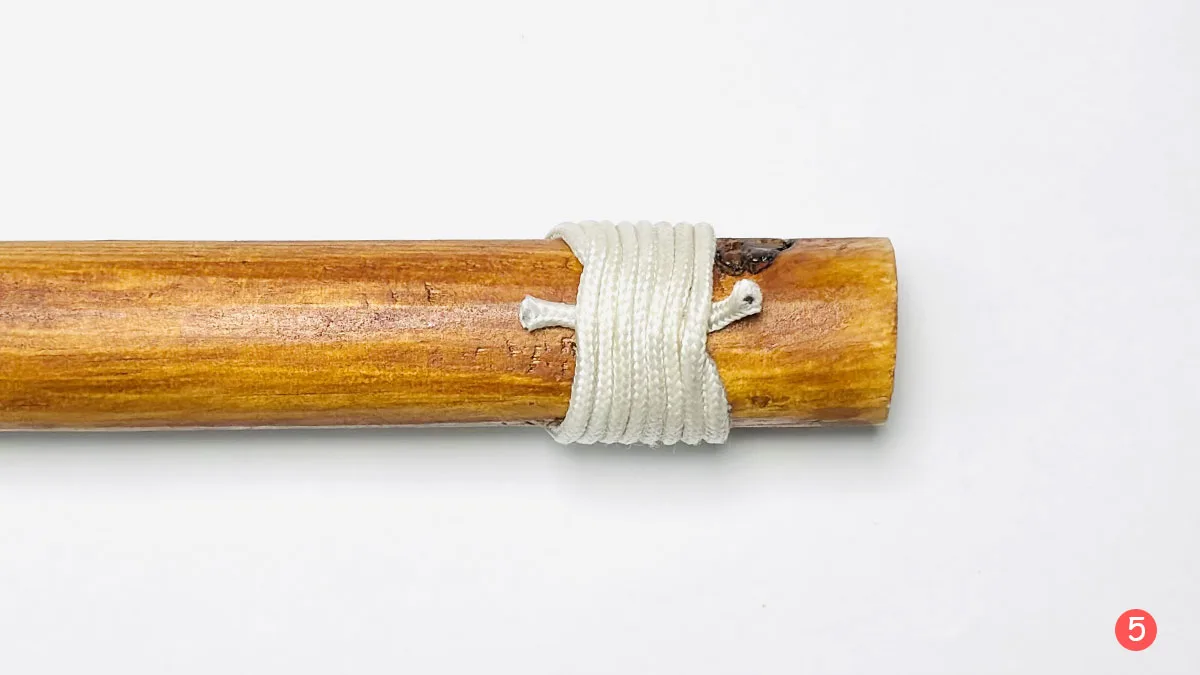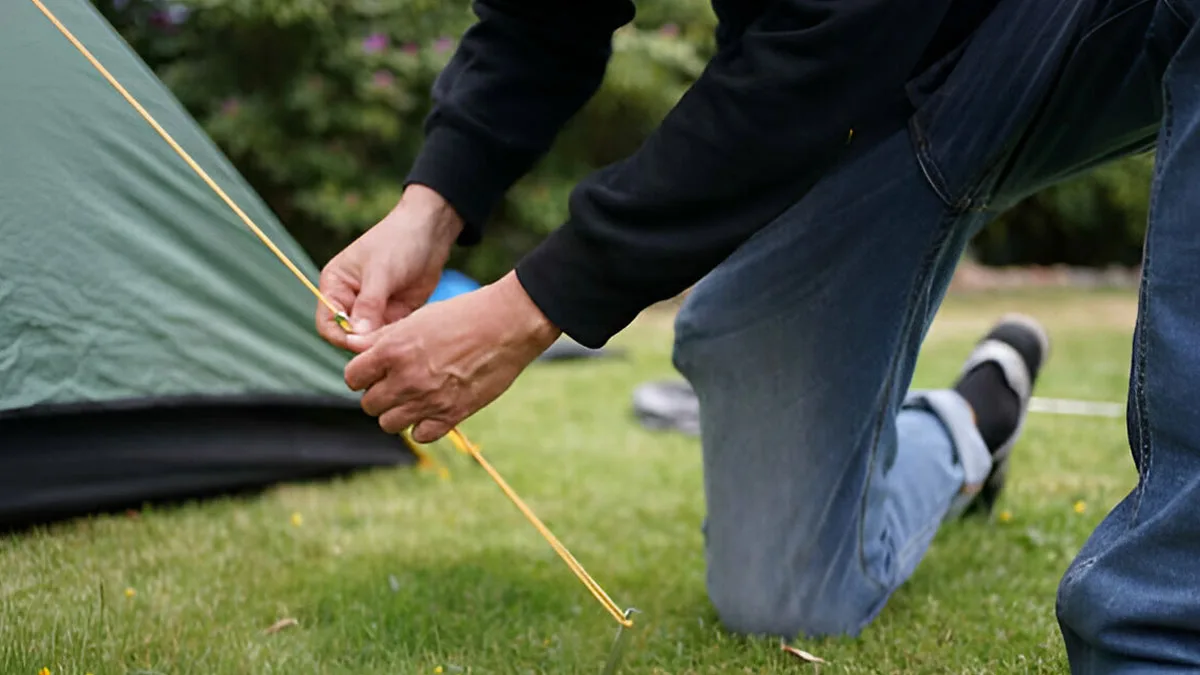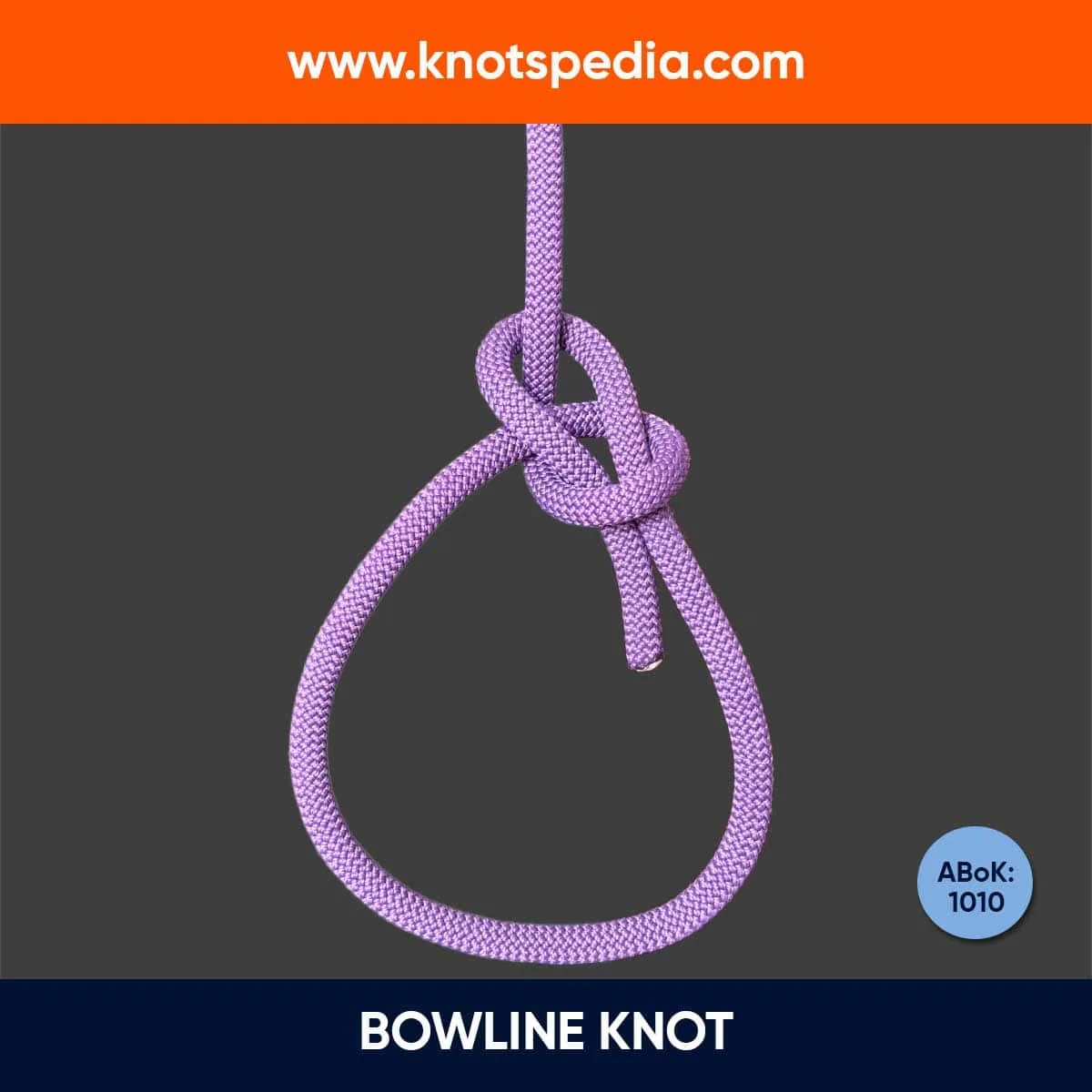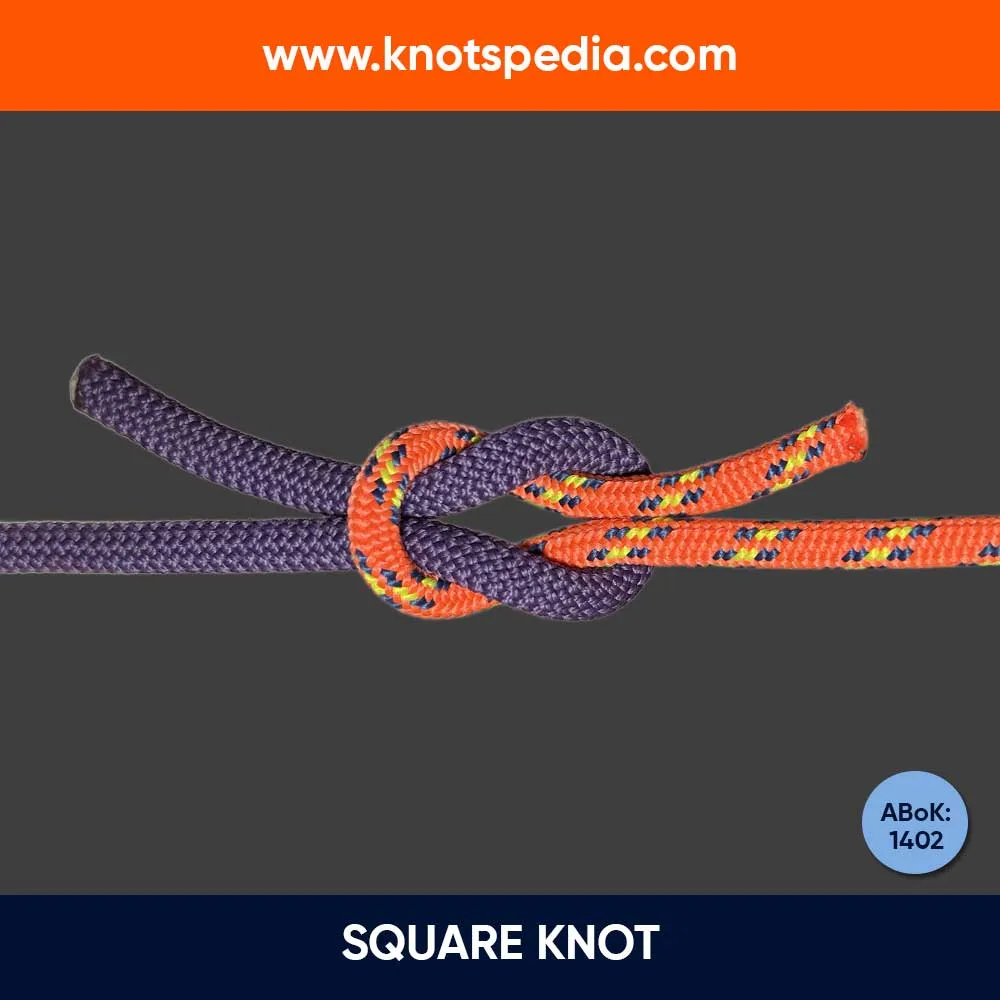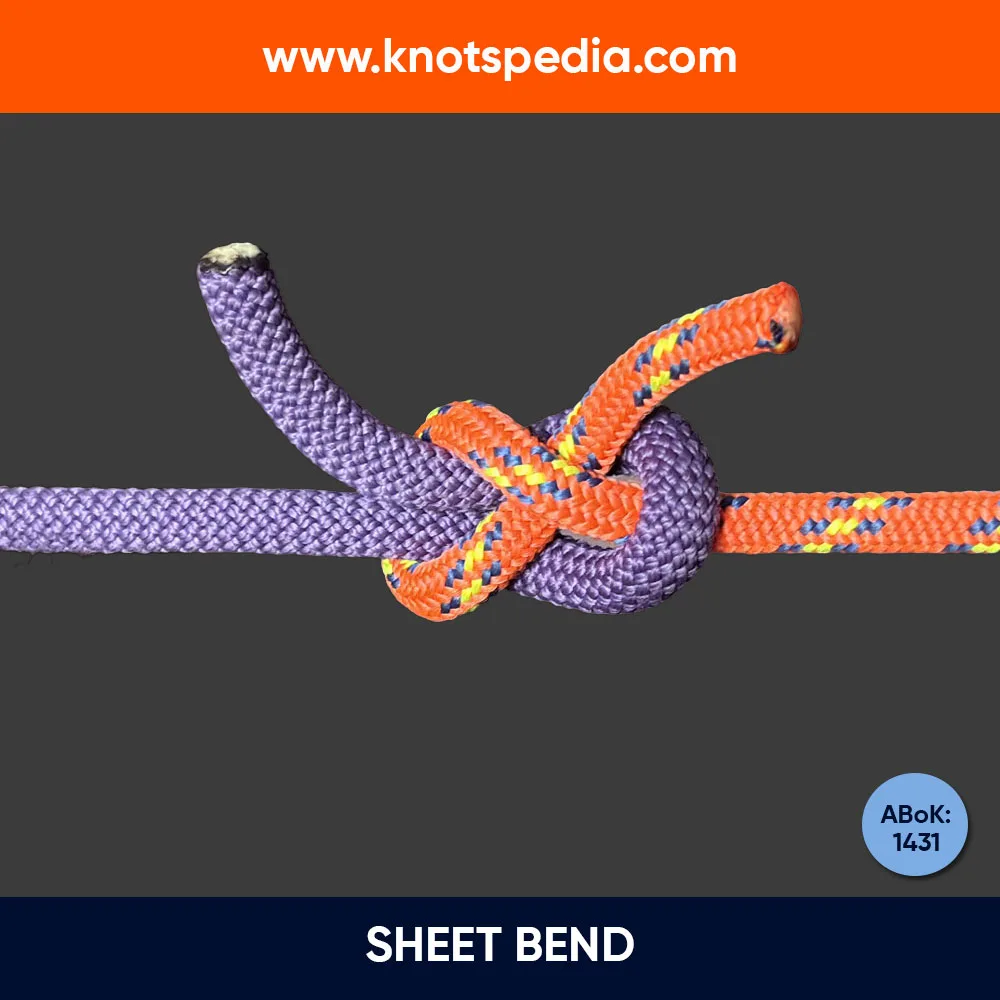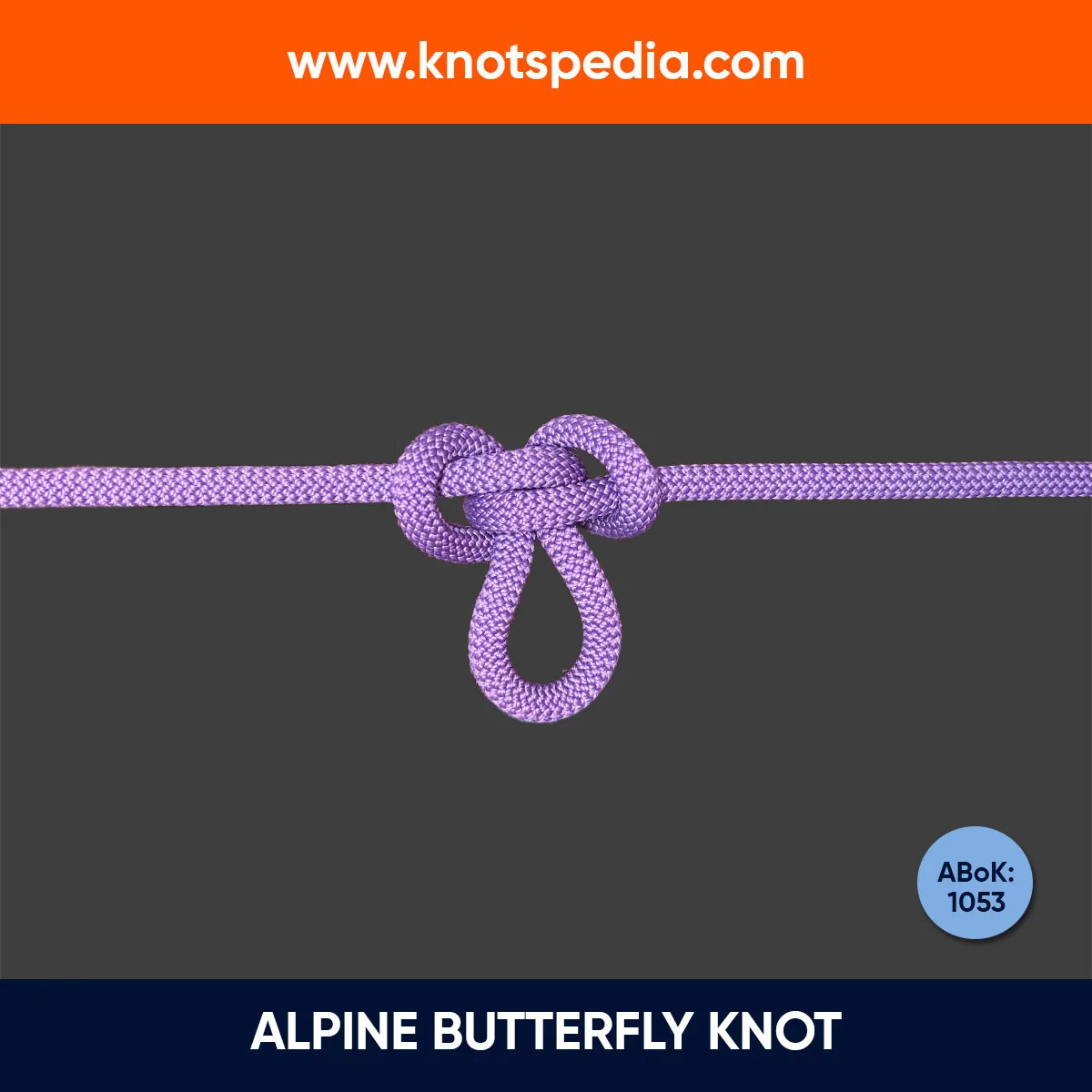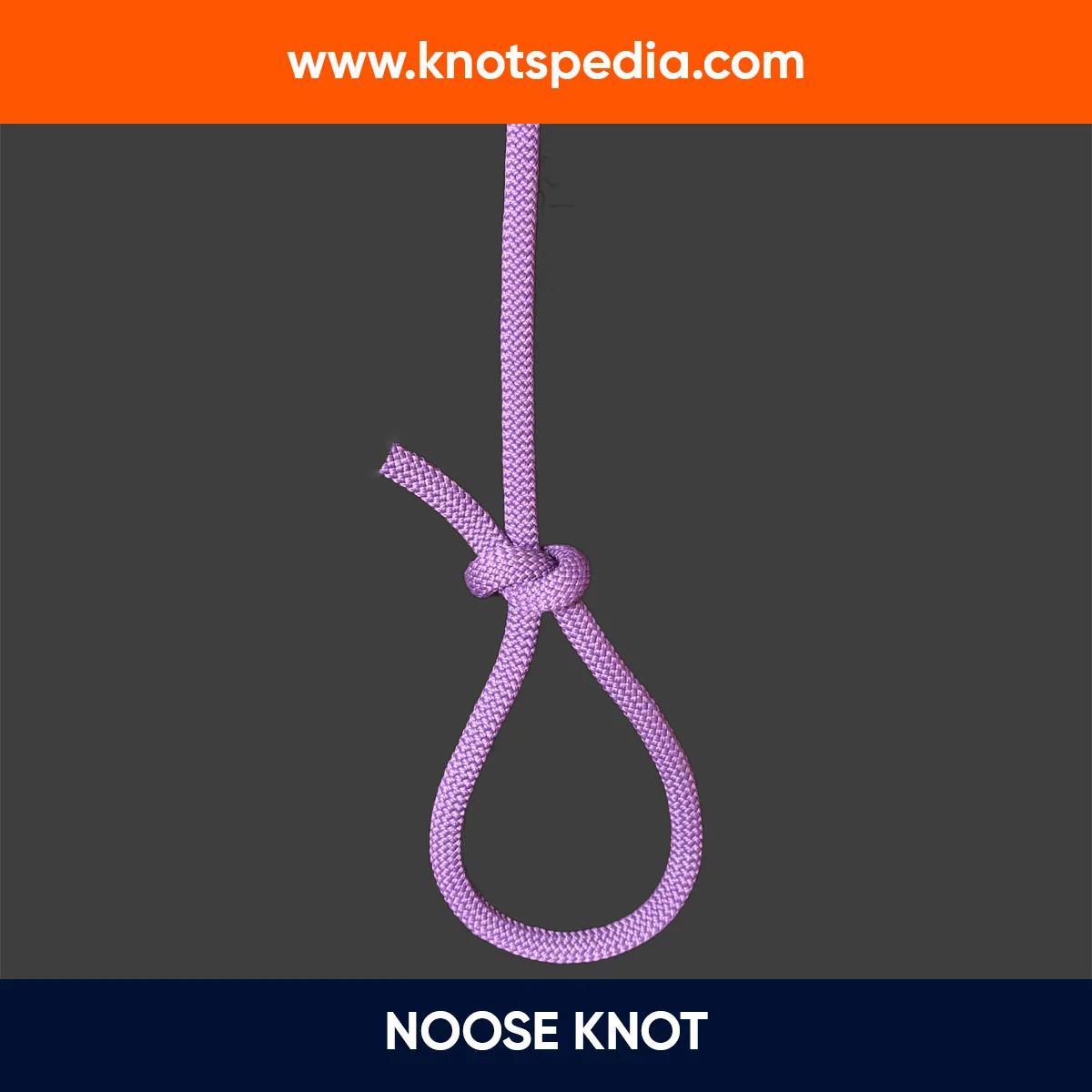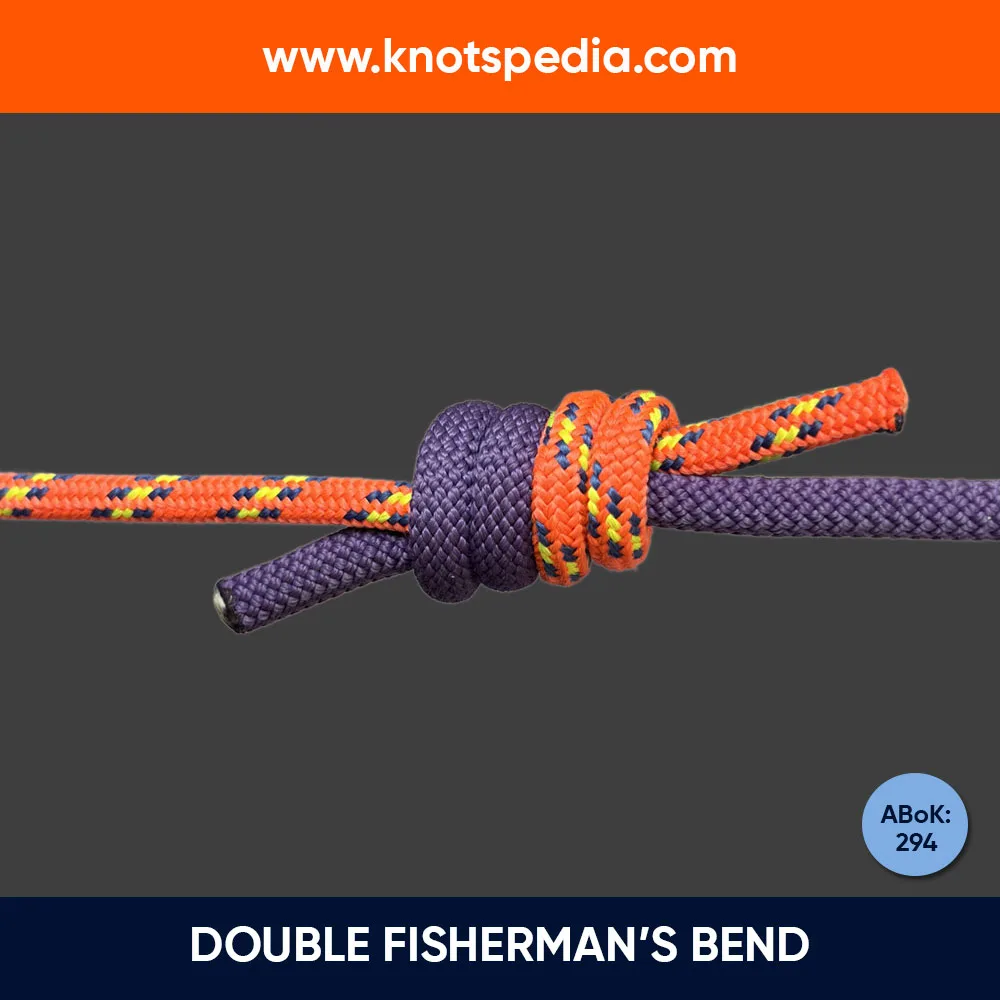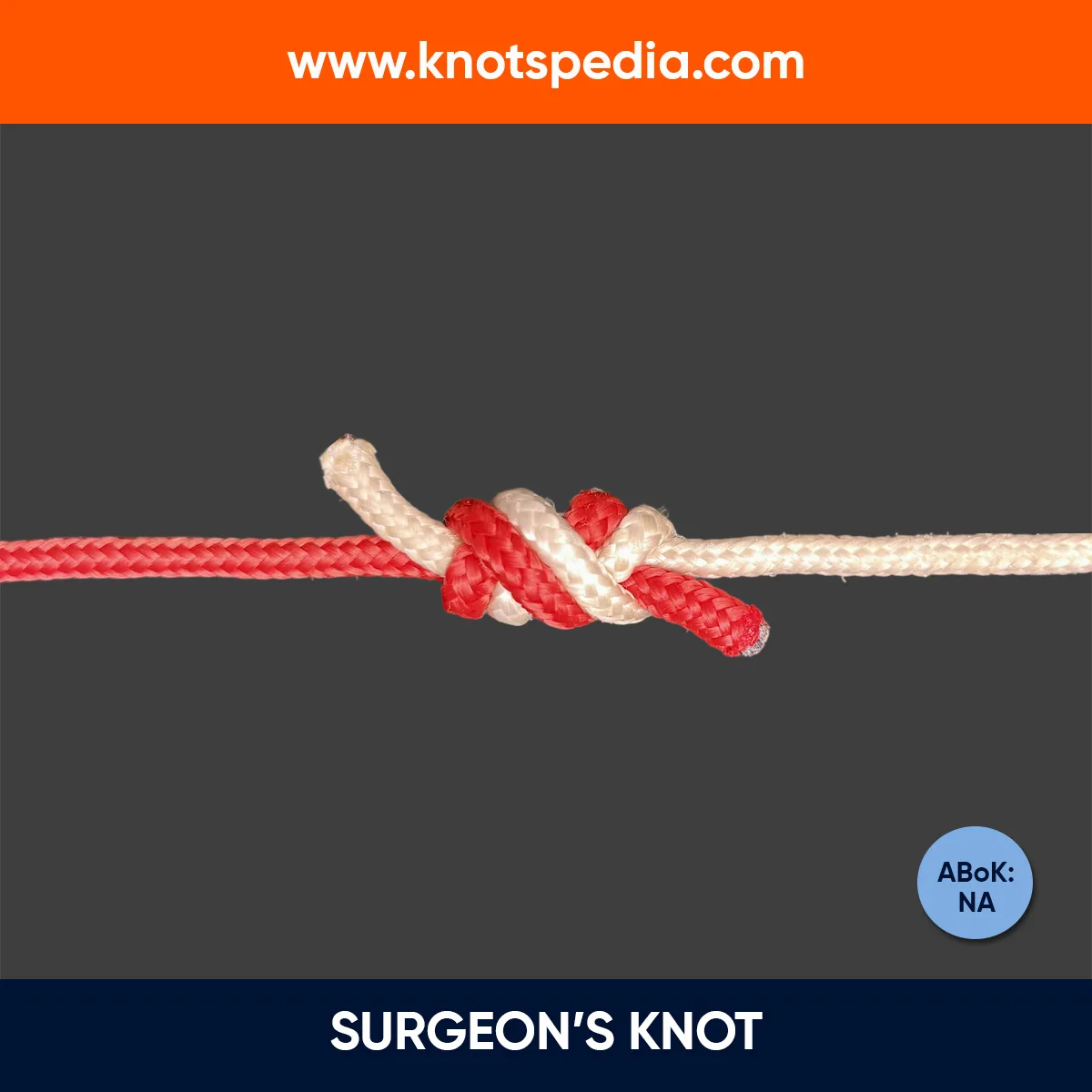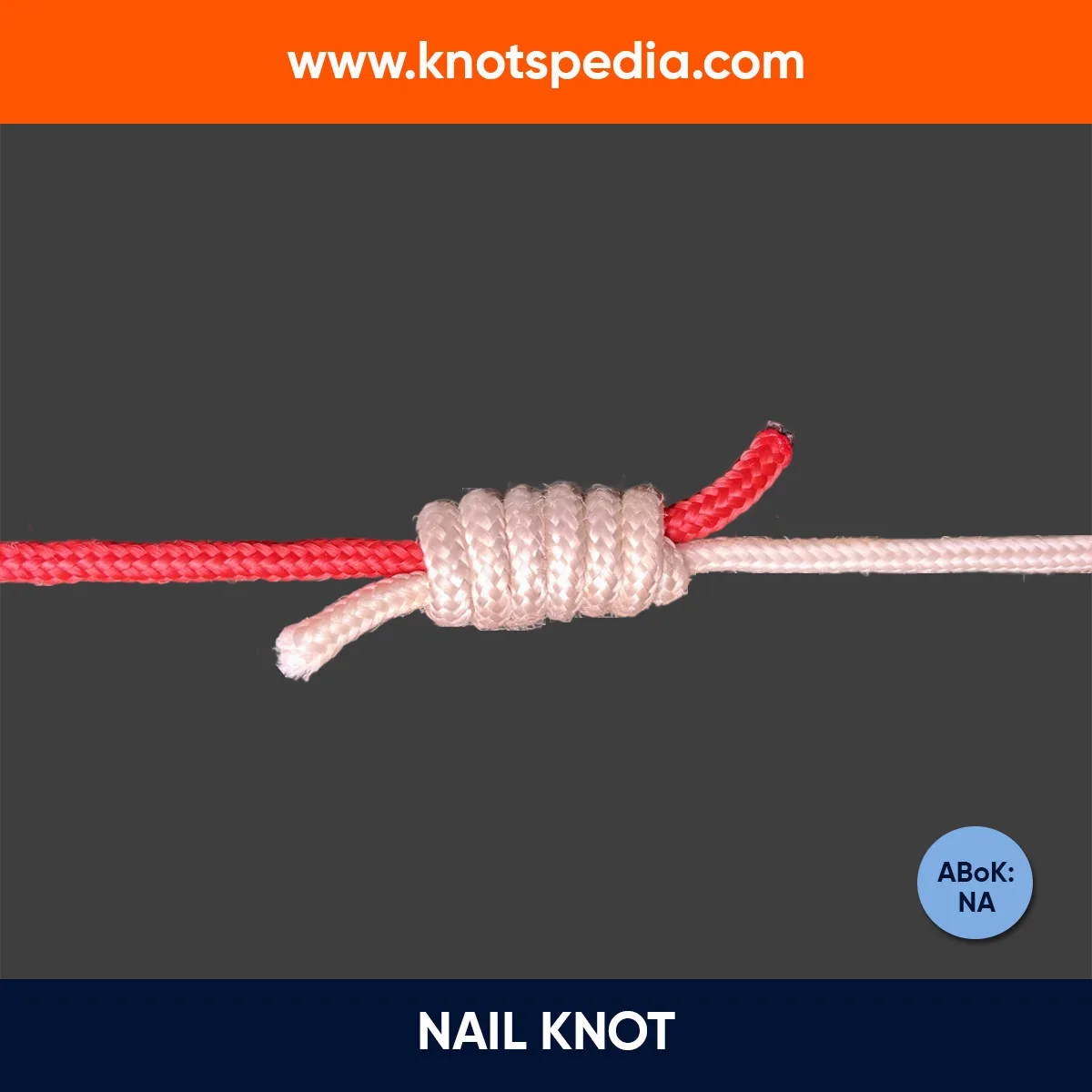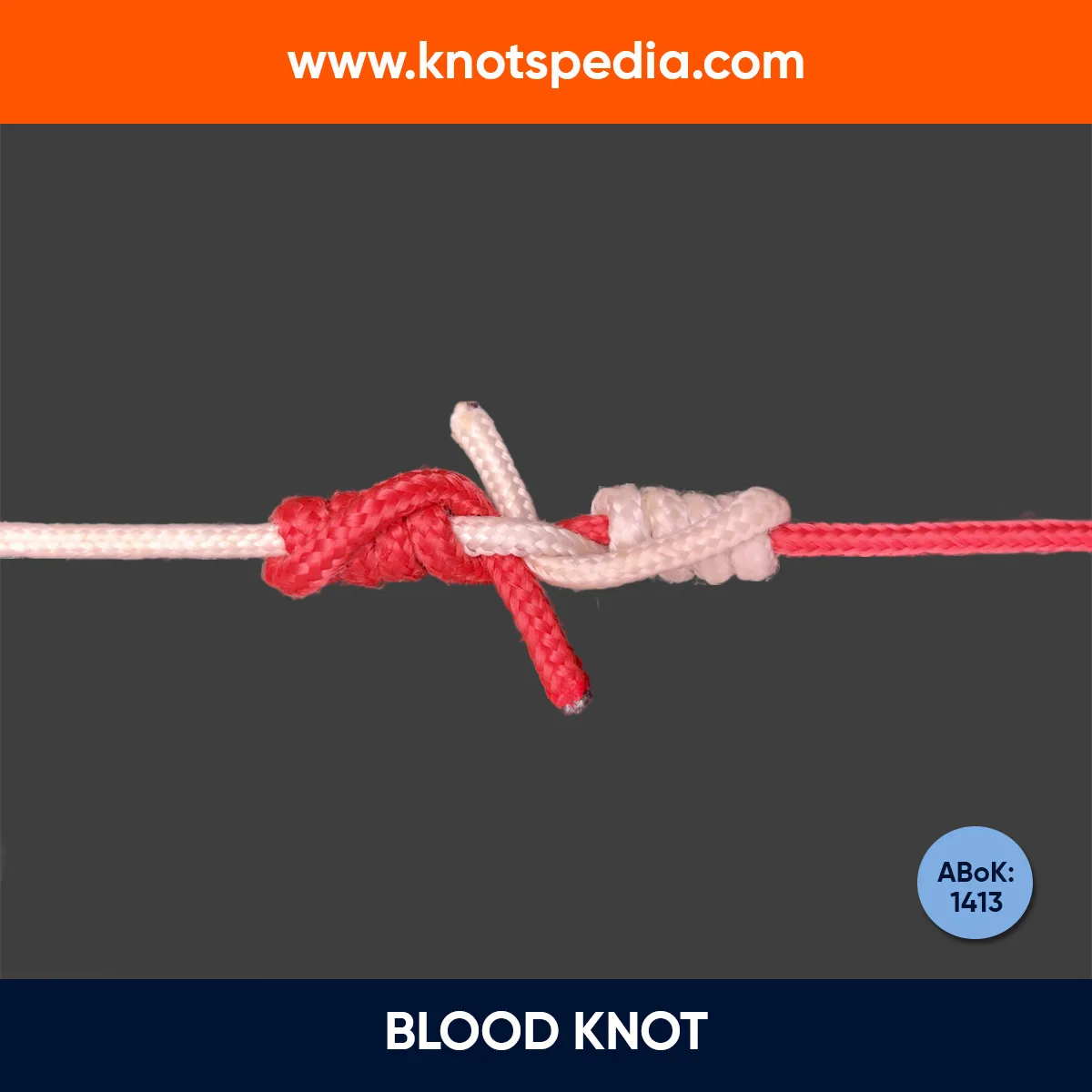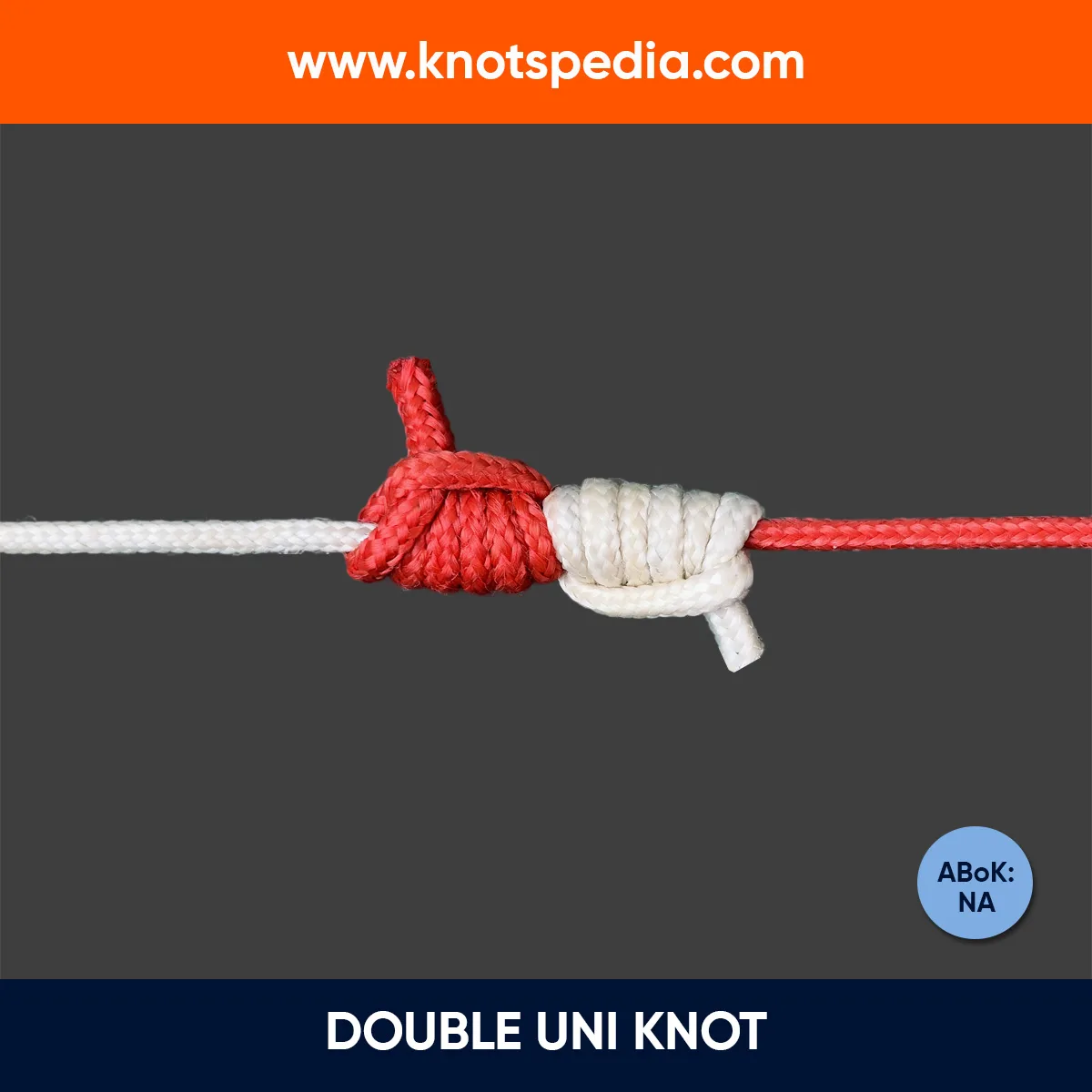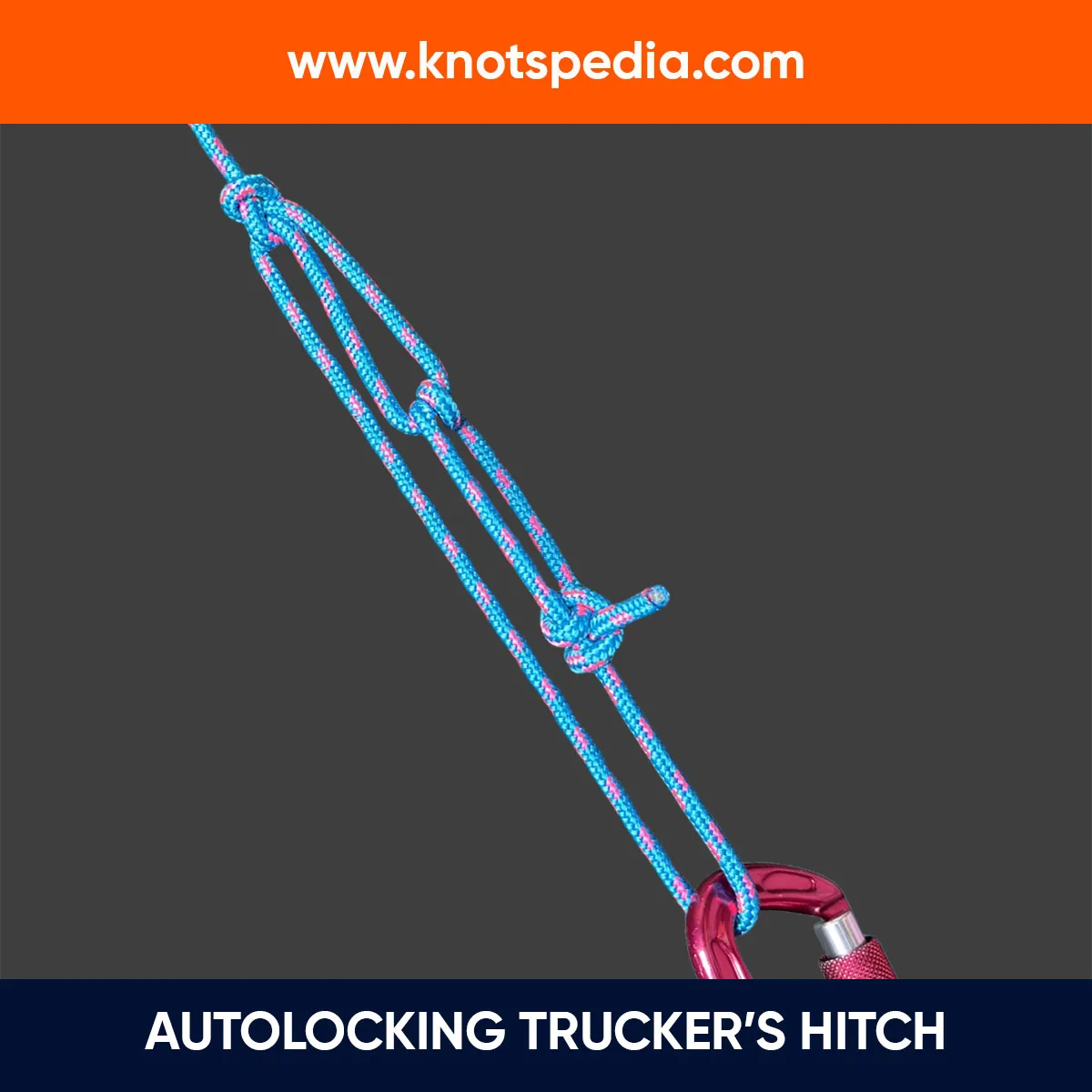The Common whipping knot is the most basic type of whipping that is tied at the end of the rope to prevent the rope from fraying.
It’s used as a temporary whipping or for decoration since it does not stay very tight and can slip off easily.
This knot holds best when you’re using a natural fiber rope and wrapping with a natural twine.
Let’s learn it in detail.
Common Whipping Knot Details
Type: Whipping Knots
Other Names: Plain Whipping, Ordinary Whipping, Wolf Whipping
ABoK Reference: #3442
How to Tie a Common Whipping Knot
- Lay the twine along the rope and make a bight back along the rope.
- Wrap the twine around itself and the rope.
- Wrap it until the desired length is achieved.
- Pass the working end through the loop.
- Pull the lower end of the twine until the loop reaches midway and trim off any excess twine.
Common Whipping Knot Step by Step
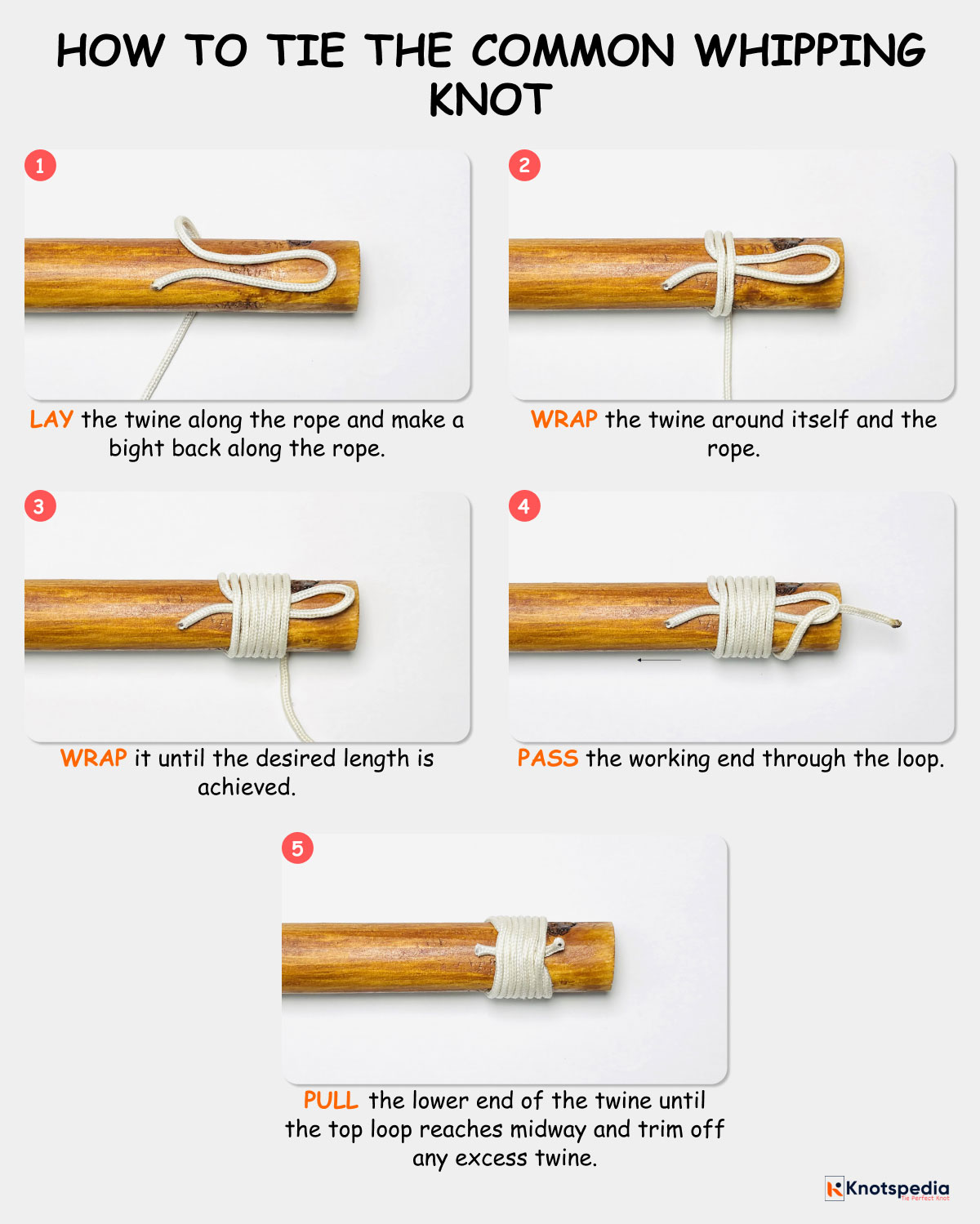
- Natural twine works best with natural fiber rope—it grips better and holds tight.
- Tighten each wrap as you go, keeping the twine close to each other.
- Don’t pull the loop all the way through. If the entire length is pulled, the original end just unwraps, and the whipping will fall apart.
Finishing the Common Whipping Knot
There are basically two ways to finish off the common whipping:
- If the end of the synthetic rope is already melted: Tie the whipping close to the end of the rope. A short whipping about one and a half times the diameter of the rope is enough.
- If the end has not been melted or can’t be melted: Secure the end with the Constrictor Knot temporarily or use a piece of tape. Then, trim off the excess when finished.
- If the rope can be melted with heat: Melt the end for additional security.
Pros & Cons
- Easy to tie
- No tools are needed
- No need to unravel the rope
- Can slip off in synthetic ropes
- If one of the turns gets cut, the whole whipping unravels
Application and Uses
The Common Whipping Knot is used to protect the end of the rope from fraying. It’s also used to decorate the handles of knives and axes.
Other Types of Whipping
West Country Whipping
The West Country Whipping consists of a series of Half Knots tied on either side of the rope and finished off with the Square Knot.
Sailor’s Whipping
The Sailor’s Whipping is another method to prevent the rope from fraying. It’s tied by wrapping the twine around the rope and securing the ends using a large bight.
Sailmaker’s Whipping
The Sailmaker’s Whipping is the most secure whipping that does not come loose under any circumstances.
The whipping turns are contained by the frapping turns that grip the rope and prevent it from coming undone if damaged.
French Whipping
The French Whipping forms an attractive spiral design.
Instead of simply wrapping around the rope, each wrap is done with the Half Hitch Knot.
Liked the article? Share it or Bookmark for future reference!
